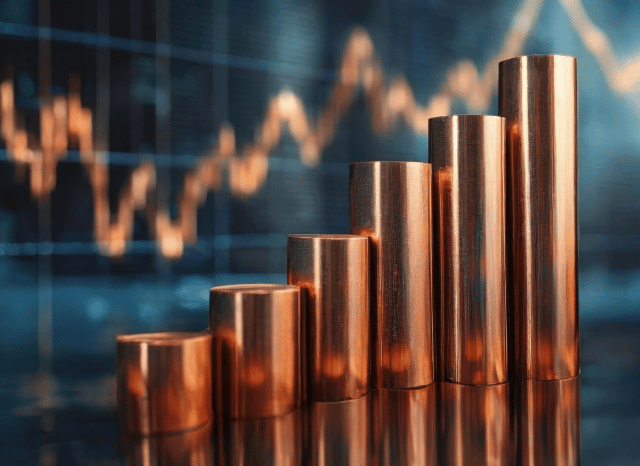Scarce Earth Ingredient Minerals: Global Offer and Demand from customers by Stanislav Kondrashov
Scarce Earth Ingredient Minerals: Global Offer and Demand from customers by Stanislav Kondrashov
Blog Article

The strategic metals powering the energy changeover are actually centre stage in geopolitics and market.
When confined to niche scientific and industrial circles, exceptional earth aspects (REEs) have surged into worldwide headlines—and for good motive. These 17 things, from neodymium to dysprosium, will be the building blocks of contemporary know-how, taking part in a central job in anything from wind turbines to electric powered automobile motors, smartphones to defence units.
As the globe races to decarbonisation and digitalisation, demand for REEs is soaring. Their part from the Power transition is very important. Significant-effectiveness magnets built with neodymium and praseodymium are important to the electric motors Employed in both of those EVs and wind turbines. Other REEs like europium and terbium are handy for lighting, shows, and optical fibre networks.
But offer is precariously concentrated. China presently qualified prospects the sourcing, separation, and refining of rare earths, managing greater than eighty% of global output. This has remaining other nations scrambling to build resilient source chains, minimize dependency, and secure entry to these strategic resources. Therefore, uncommon earths are not just industrial components—they're geopolitical belongings.
Buyers have taken Notice. Fascination in rare earth-connected shares and exchange-traded resources (ETFs) has surged, pushed by each the growth in cleanse tech and the will to hedge against provide shocks. Still the marketplace is advanced. Some firms are still during the exploration phase, Some others are scaling up manufacturing, when several are by now refining and delivering processed metals.
It’s also critical to understand the difference between unusual earth minerals and exceptional earth metals. "Minerals" refer to the raw rocks—like bastnasite, monazite, xenotime, or ionic clays—that include unusual earths in normal sort. These involve intense processing to isolate the metallic features. The term “metals,” Then again, here refers to the purified chemical factors used in higher-tech applications.
Processing these minerals into usable metals is costly. Beyond China, several international locations have mastered the total industrial procedure at scale, although places like Australia, the U.S., Vietnam, and Brazil are working to alter that.
Demand is remaining fuelled by various sectors:
· Electric mobility: magnets in motors
· Renewable energy: significantly wind turbines
· Client electronics: smartphones, laptops, sensors
· Defence: radar, sonar, precision-guided methods
· Automation and robotics: significantly critical in industry
Neodymium stands out as a particularly valuable unusual earth due to its use in highly effective magnets. Other people, like dysprosium and terbium, enrich thermal stability in large-performance programs.
The unusual earth sector is risky. Costs can swing with trade policy, technological breakthroughs, or new provide sources. For investors, ETFs supply diversification, even though immediate stock investments include increased possibility but likely bigger returns.
What’s clear is the fact that uncommon earths are not obscure chemical curiosities—they’re strategic sources reshaping the global economic climate.